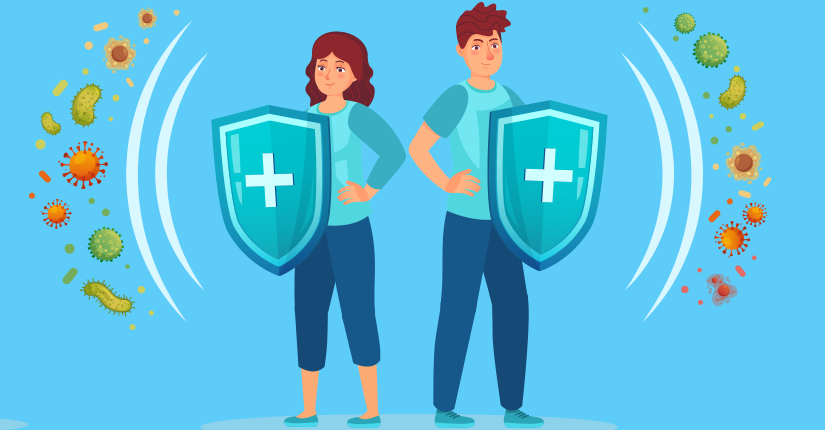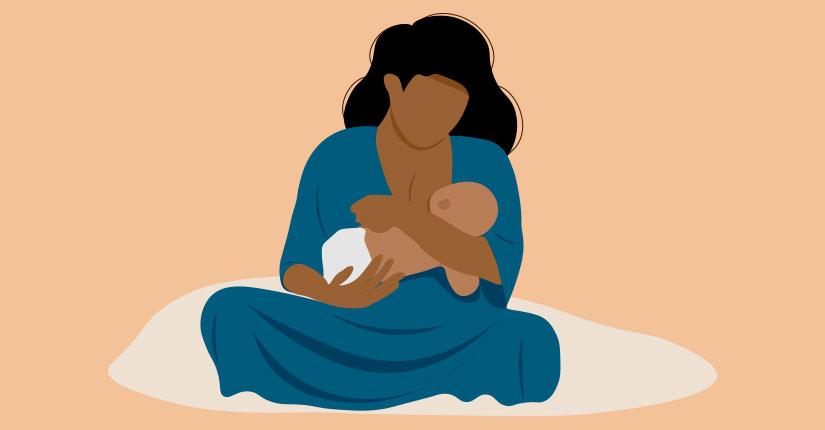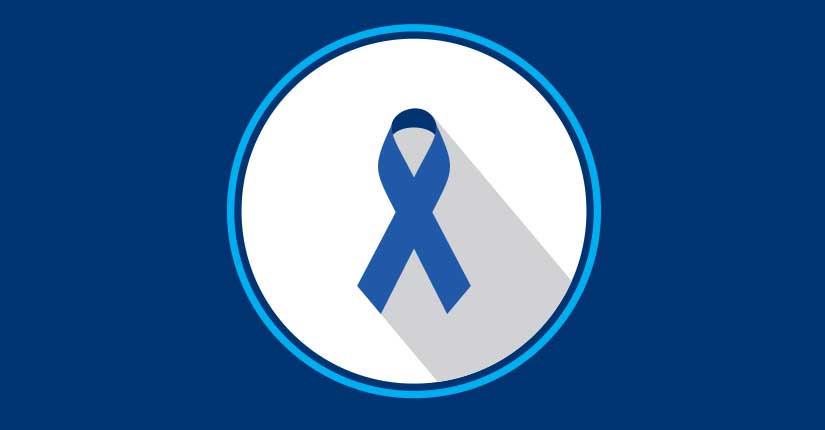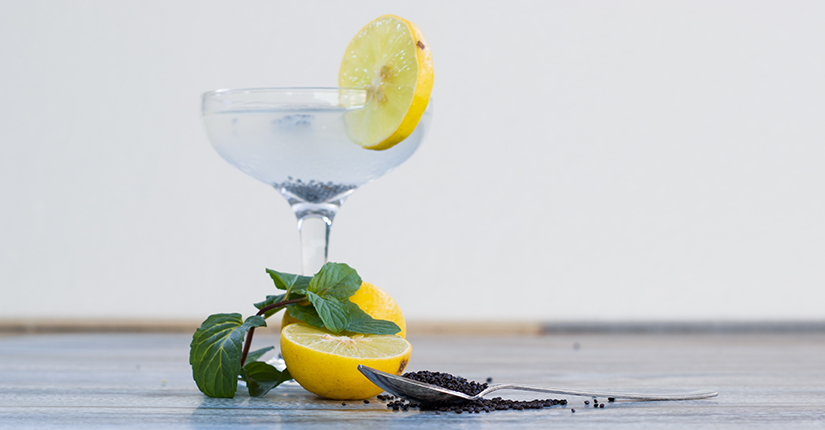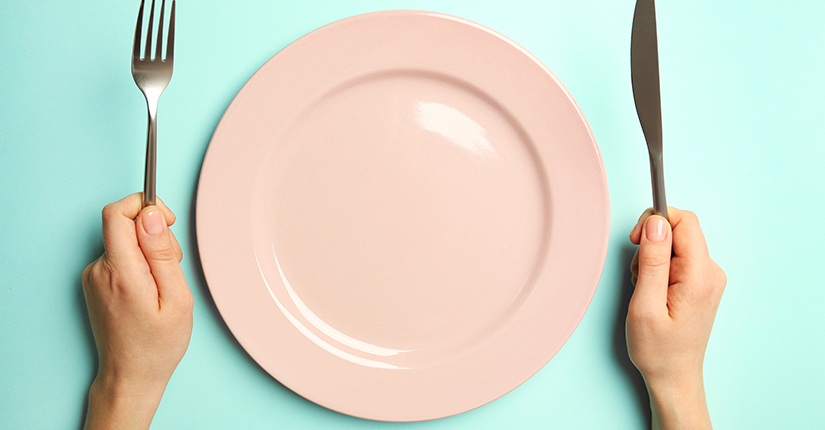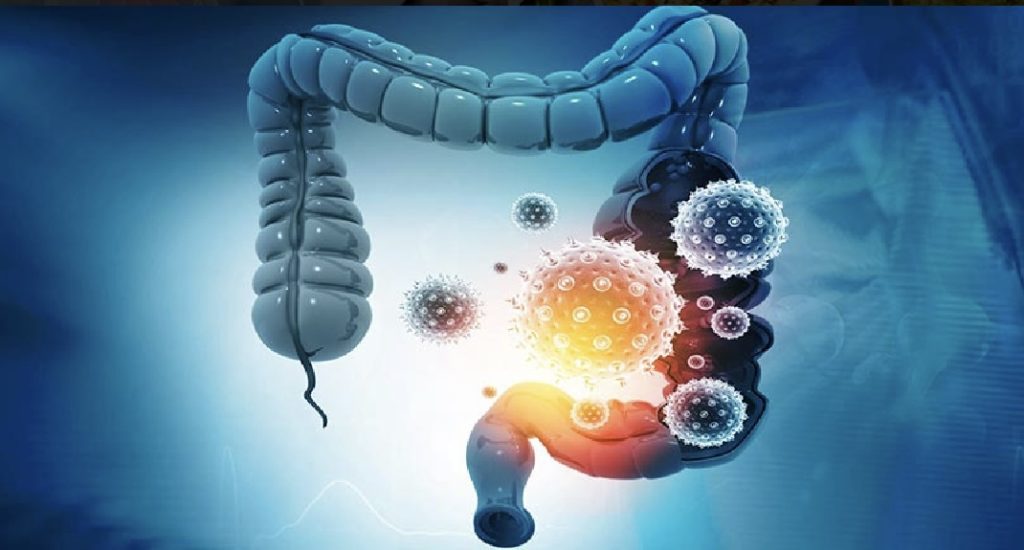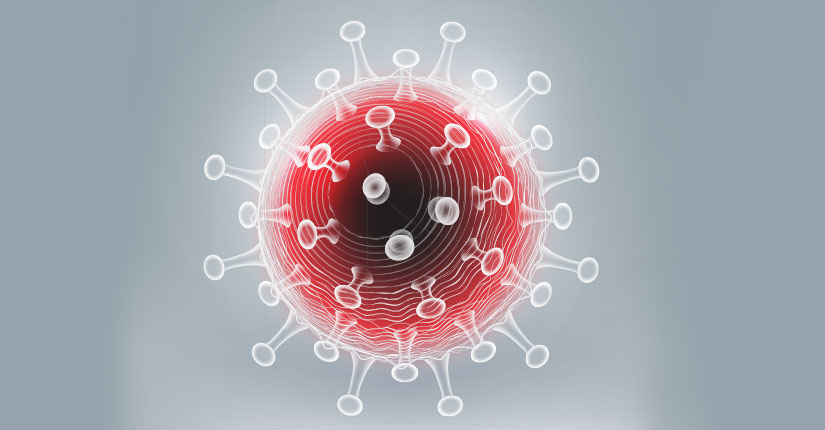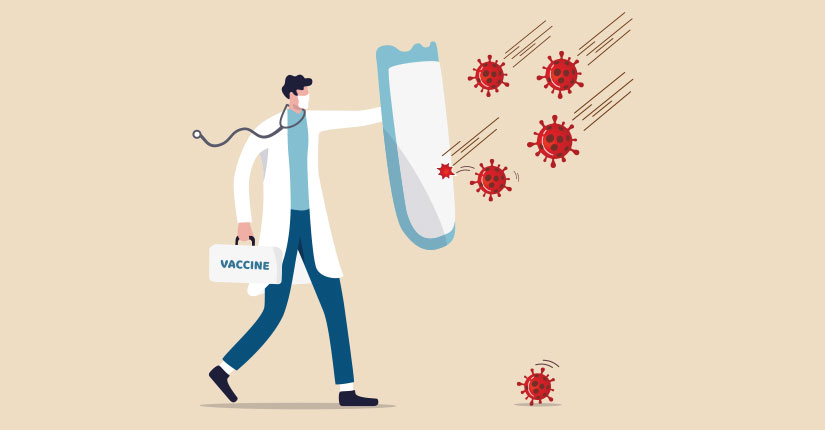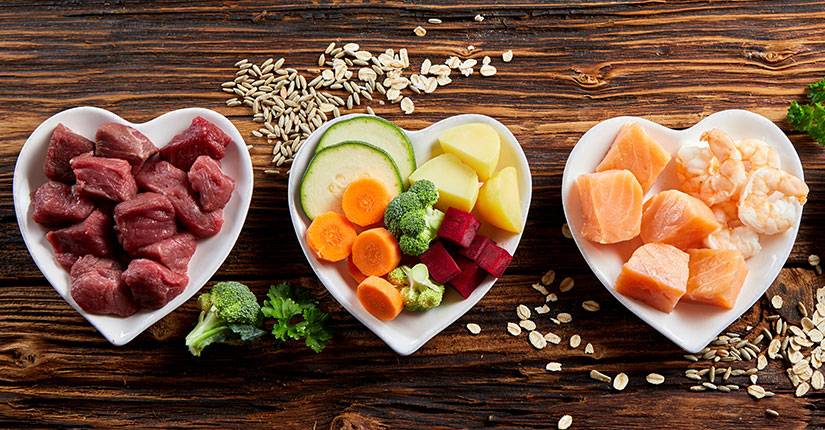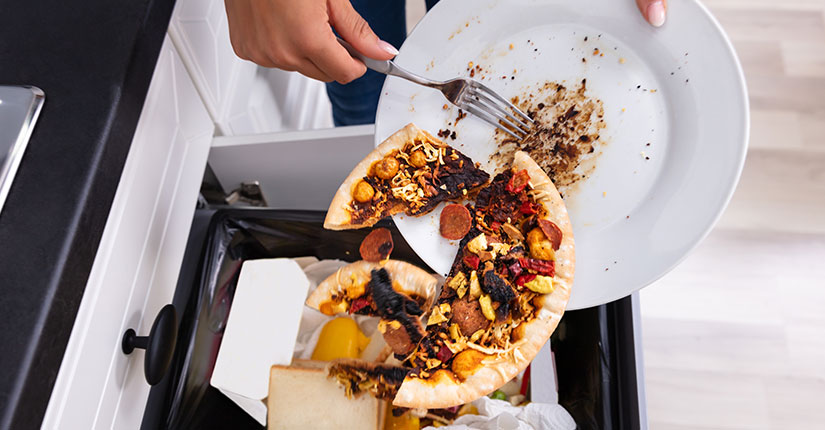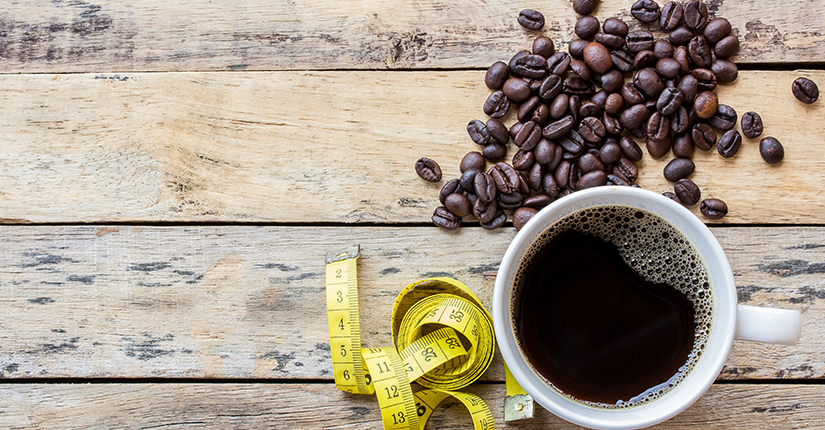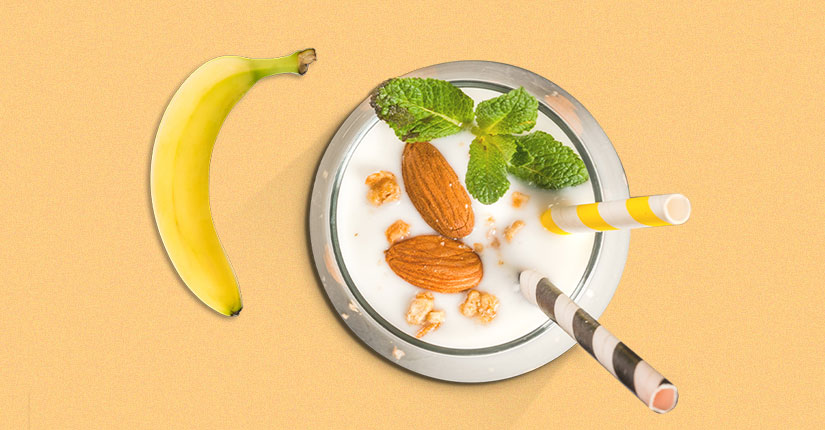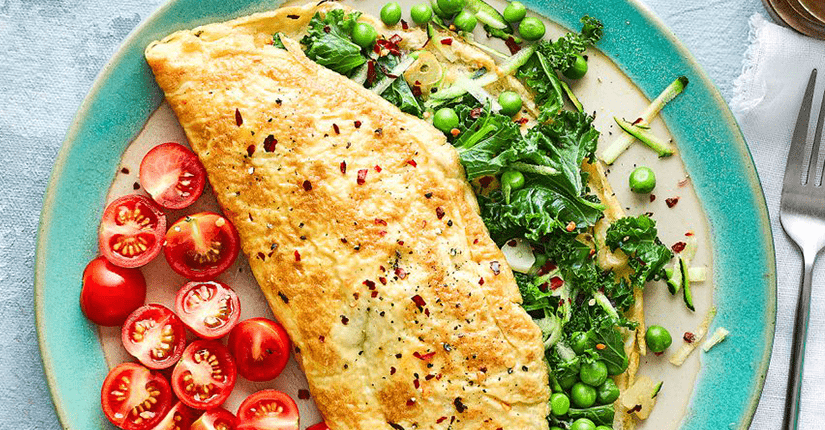Osteoporosis and Diet: 5 Recipes for Strong Bones
By Nmami Agarwal 25-Jun 2022 Reading Time: 0 Mins
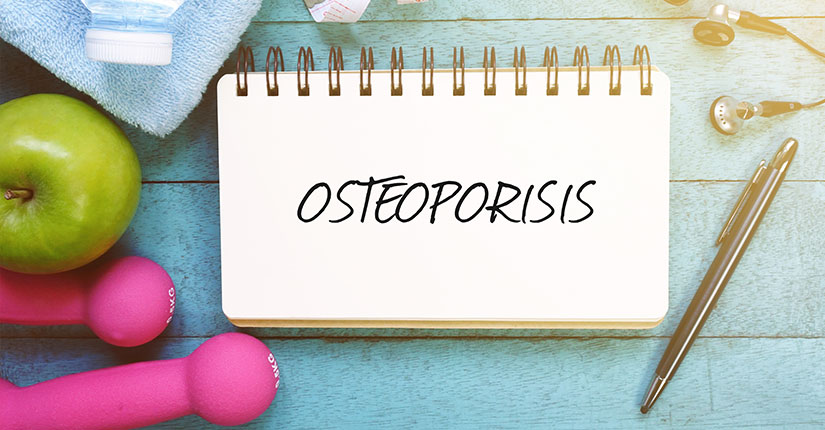
When you’ve been diagnosed with osteoporosis you want a diet with a steady supply of bone-building nutrients such as Vitamin D, Calcium, Protein, Magnesium, Phosphorus, Potassium, and Fluoride.
Here are 5 recipes for strong bones:
Paneer Chana Salad (Serving- 4) –
- Ingredients: ½ cup Paneer, 1.5 cups Boiled Hara Chana, ¾ cup Deseeded tomato cubes, ½ cup chopped spring onions, 2 tbsp lemon juice, black pepper, ½ tsp black salt, cumin seeds, salt as per taste
- Method: Combine all the ingredients in a bowl and mix it. Add the lemony dressing and toss gently.
- Benefits: This salad is rich in protein and protein is needed for maintaining the bone strength and repairing damaged tissues. One serving of this salad can give upto 9.3 grams of protein.
Nachni/Ragi Dosa (Serving- 15 dosas) –
- Ingredients: 2 cups Ragi flour, ½ cup urad dal, 1tsp methi seeds, salt and oil as per taste and requirement.
- Method: Combine urad dal, methi seeds and water in a bowl. Keep it aside for 2 hours. Then drain the water and blend it to make it into a smooth paste. Now add ragi flour salt and water in it. Let the mixture ferment for 12 hours. Then heat the pan and make dosas.
- Benefits: Nachni/Ragi is rich in calcium which is yet another bone building nutrient. Our body constantly removes calcium from the bones and so it is needed to replace it especially in clinical conditions such as osteoporosis.
Egg Paratha (Makes two parathas)
- Ingredients: ¾ cup whole wheat flour, ajwain, 3 eggs, ¼ cup chopped onions, ¼ cup chopped tomatoes, coriander, chillies, ghee and salt to taste.
- Method: Combine all the ingredients in a bowl and knead it into a dough. In another bowl, make the egg mixture and add onion, tomatoes, chillies etc.
- Then make a paratha just the way one makes an aloo paratha.
- Benefits: Egg paratha is a rich source of protein and vitamin D both required for strengthening our bones. Along with sun rays, our body requires vitamin D from the diet to meet the requirement. Vitamin D helps absorb calcium back to the bones.
Antioxidant Salad (Serving: 1)
- Ingredients: ¼ cup soaked and cooked whole jowar, ½ cup kale leaves, ½ cup baby spinach, ½ cup bell peppers, ½ cup broccoli, ½ cup mushroom, ¼ cup alfalfa sprouts. For dressing: 2 tsp olive oil, grated garlic, ginger, sea salt and black pepper. Roasted pumpkin seeds for the topping.
- Method: Just before eating, mix the dressing and toss the pumpkin seeds and mix well. Eat immediately.
- Benefits: This salad bowl is rich in antioxidants and densely rich in magnesium, another bone building nutrient. Magnesium is necessary for the formation of bones and it helps in metabolism of calcium and protein.
Quinoa Veg Upma (Serving: 4)
- Ingredients: ½ cup quinoa, ½ tsp mustard seeds, ¼ tsp hing, 1 tsp chopped green chillies, ½ tsp chopped ginger, 4 curry leaves, 2tbsp raw peanuts, ½ cup chopped onions, ½ cup green peas, ¼ cup finely chopped carrot, ¼ tsp chilli powder, 1 tsp lemon juice and salt as per taste.
- Method: Heat the oil, add mustard seeds and hing, add green chillies, ginger and curry leaves and saute. Add peanuts, onions and green peas. Saute everything and let it cook. Then add quinoa. Finally add salt and red chilly powder and 1-2 cups of hot water. Mix well and cover with a lid. Serve the upma immediately.
- Benefits:Quinoa contains high levels of manganese—1.2 mg per 1 cup of quinoa. What does manganese have to do with bone health? Manganese is an essential nutrient, which means your body needs it to perform necessary functions. For manganese, that means assisting in bone formation. It is important to help build up your bones to prevent further degeneration of bones. Quinoa is also rich in magnesium which helps increase the bone mineral density.
Over to You:
Many nutrients play a role in bone health. Some nutrients have scientifically proven benefits, others may have benefits, but there is no research to back that up. Some nutrients are needed in such small amounts that people are rarely deficient in them and need not worry about getting enough. Focus on nutrients with solid scientific evidence of need and benefit. Read food and drink labels to ensure you are meeting your daily requirements.


